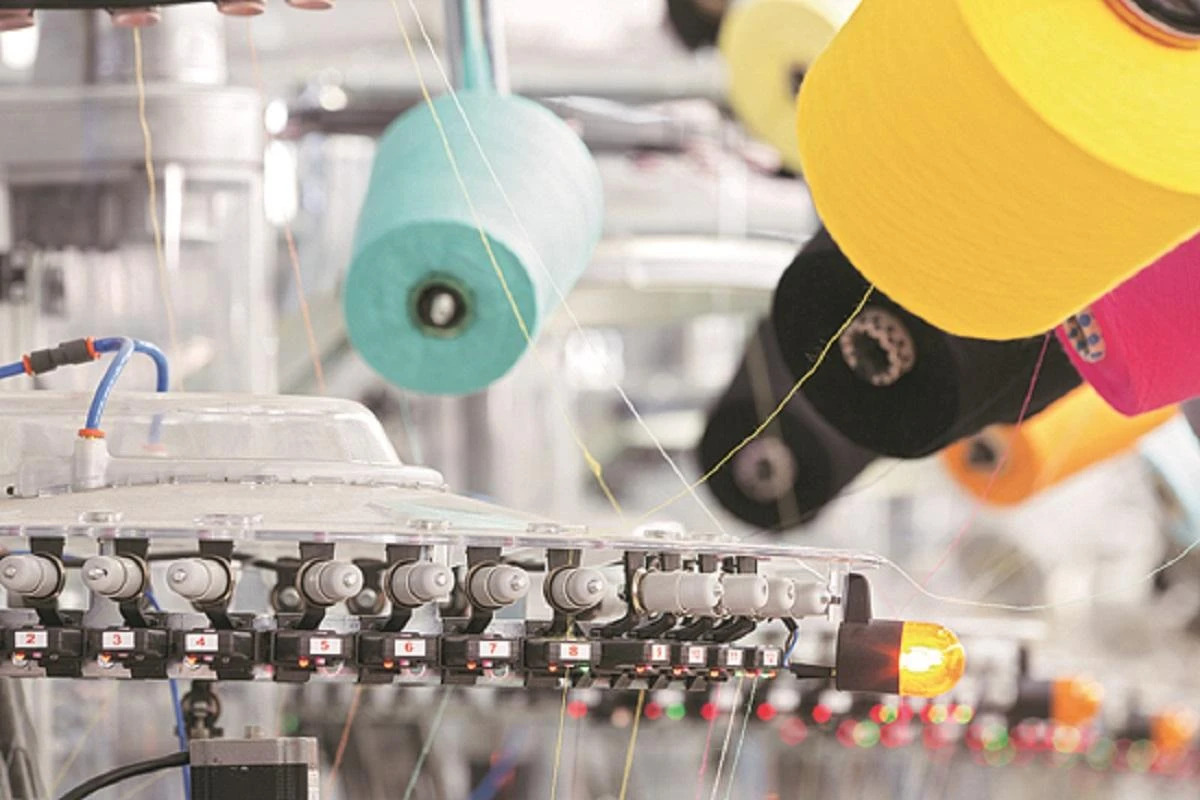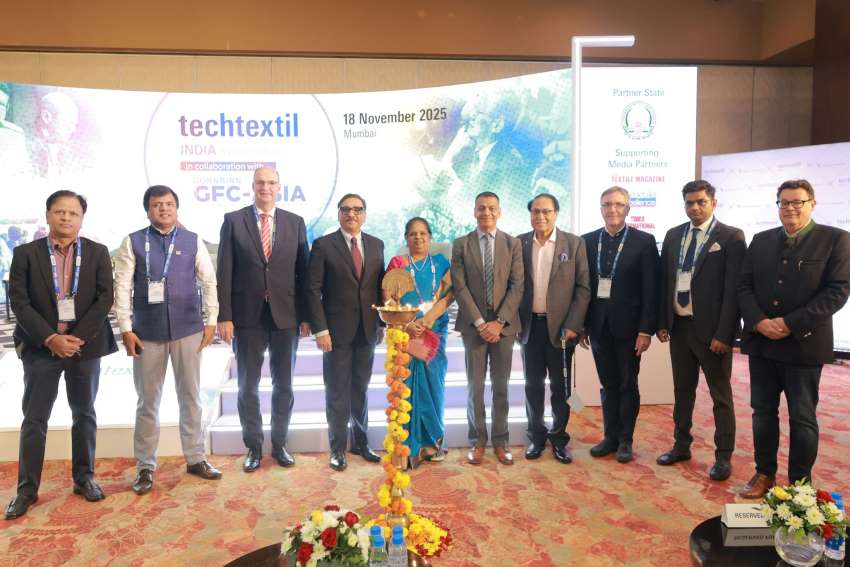"The latest edition of Global Fashion Drivers, created by Mds and sponsored by Everis reveals that personalisation, price reduction, sustainability, reorganisation of store network and full commitment to Rfid are some of the drivers of fashion business. In its ‘Global Fashion Drivers’ report sponsored by Everis, Mds analyses 10 drivers that mark the evolution of the sector. The document is based on the analysis of the information published by a sample of the one hundred largest and most representative companies in the fashion sector in the world. Mds submits companies to a comprehensive questionnaire that sums the key areas of their operations."
 The latest edition of Global Fashion Drivers, created by Mds and sponsored by Everis reveals that personalisation, price reduction, sustainability, reorganisation of store network and full commitment to Rfid are some of the drivers of fashion business. In its ‘Global Fashion Drivers’ report sponsored by Everis, Mds analyses 10 drivers that mark the evolution of the sector. The document is based on the analysis of the information published by a sample of the one hundred largest and most representative companies in the fashion sector in the world. Mds submits companies to a comprehensive questionnaire that sums the key areas of their operations.
The latest edition of Global Fashion Drivers, created by Mds and sponsored by Everis reveals that personalisation, price reduction, sustainability, reorganisation of store network and full commitment to Rfid are some of the drivers of fashion business. In its ‘Global Fashion Drivers’ report sponsored by Everis, Mds analyses 10 drivers that mark the evolution of the sector. The document is based on the analysis of the information published by a sample of the one hundred largest and most representative companies in the fashion sector in the world. Mds submits companies to a comprehensive questionnaire that sums the key areas of their operations.
US-China trade war impacts foreign trade
The report says, about 22 per cent respondents cite the trade war between United States and China as one of the factors that put a brake on their foreign trade in 2019. On the other hand, 32 per cent companies believed currency volatility to be the main culprit. In 2018, 38 per cent of the world’s top 100 fashion companies opened new markets, compared to only 8 per cent of the companies that chose to retreat into one.
foreign trade in 2019. On the other hand, 32 per cent companies believed currency volatility to be the main culprit. In 2018, 38 per cent of the world’s top 100 fashion companies opened new markets, compared to only 8 per cent of the companies that chose to retreat into one.
Uncertainty, promotions, consumption slowdown and ecommerce boom also impacted the profitability of the world’s largest retailers with 22 per cent of the fashion giants dropping their profits in 2018. A significant number of companies like Mothercare, Kiko Milano or OVS were forced to refinance their debt during the past year.
Mergers and acquisitions rule
Several new mergers and acquisitions made headlines last year. Around 41 per cent companies bought a stake in new company while 4 per cent of fashion groups switched hands. Around 5 per cent of them sold some of their brands while 7 per cent collaborated with new partners. Supply chains were redesigned with flexibility alongwith volumes, price and speed determining their design. These strategies helped brands establish greater control over production, either by creating structure around productive hubs, establishing new logistic hubs, setting up their own factories or betting on automation.
Brands take a break from sustainability
The report states, the Greenpeace Detox campaign in 2011, collapse of the Rana Plaza in 2013 and the Climate Summit in Paris in 2015 placed sustainability on the radar of large fashion and luxury companies in the last decade. However, this acceleration took a break in 2018 with only 30 per cent of the companies being a part of international lobbies committed to sustainability.
The speed of ecommerce, the entry of new generations of consumers and the change in shopping habits forced the traditional retailers to revamp their distribution systems. Almost half of the retailers closed their stores while two-thirds opened new stores.
New innovations
Almost 43 per cent have implemented Rfid in their structures. Nine percent of these have acquired a startup to strengthen innovation, five per cent have added new payment methods and 10 per cent of the industry giants implemented virtual reality.
Modified logo, identity
Five retailers and luxury companies modified their logo or graphic identity in 2018. On the other hand, concentration led to changes in corporate identities with the creation of new holding structures and name changes in the parent company.
Digital transformation restores brand loyalty
Loyalty and personalisation ceased to ensure fluid and personal communication between brand and consumer to create long-term relationships based on trust. However, digital transformation is now restoring brand loyalty and customisation at the center of the game.












